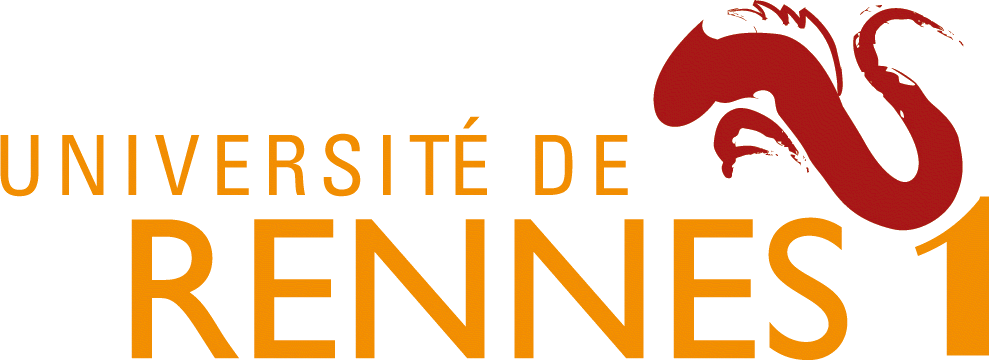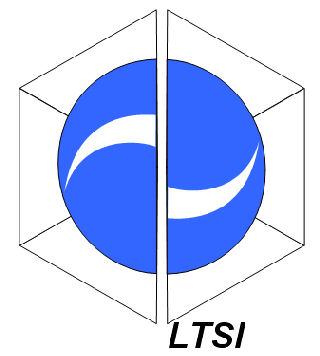News
Members
Publications
Software / Data
Job offers
Images / Videos
Collaborations
Conferences
Lab meetings: "Les partages de midi"
Practical information
Members Area
Next conferences we are in …


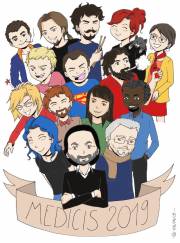
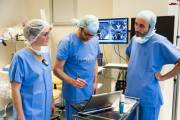
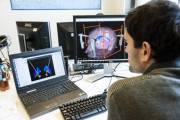
This shows you the differences between two versions of the page.
| Next revision | Previous revision | ||
|
activities:spa:casraa [2021/02/01 12:06] ahuaulme created |
activities:spa:casraa [2021/02/01 12:25] (current) ahuaulme |
||
|---|---|---|---|
| Line 13: | Line 13: | ||
| The project is divided into three phases: Data collection, off-line data analysis and methodology development, and Situation aware system and team performance. | The project is divided into three phases: Data collection, off-line data analysis and methodology development, and Situation aware system and team performance. | ||
| - | ===== Data collection ===== | + | ===== Data collection ===== |
| - | In the first phase sensor data will be collected in the orthopaedic OR during robotic assisted total and partial knee as well as hip arthroplasty (TKA; PKA; THA). These sensors include: | + | |
| + | In the first phase sensor data will be synchronously collected in the orthopedic OR during robotic-assisted total and partial knee as well as hip arthroplasty (TKA; PKA; THA). These sensors include: | ||
| * Cameras | * Cameras | ||
| + | * Optical tracking system | ||
| + | * The posture of selected team members | ||
| + | * Heart rate sensors | ||
| + | |||
| + | Additional information will be gathered as: | ||
| + | * Subjective perception of the current anxiety level with a STAI-6 (six-item state-trait anxiety inventory) questionnaire prior to the surgery | ||
| + | * Number of unneeded steps and interactions | ||
| + | * Unexpected events | ||
| + | * Subjective feedback on the surgery on technical and non-technical skills | ||
| + | * Clinical data | ||
| - | two cameras, one showing the situs and one the overall scene, an optical tracking system recording the coordinates of various surgical instruments and the anatomy (femur and tibia for knee arthroplasty and pelvis and femur for hip arthroplasty), the session file of the Mako robotic arm, the posture of selected team members (for selected surgeries) recorded by IMUs potentially augmented with EMG-data and the heart rate of some team members. All sensors are synchronized. Additionally, a human observer will record the time on task for each surgical sequence, capture subjective perception of the current anxiety level, number of unneeded steps and interactions as well as moments of truth and use errors by photo, video and text documentation. During and after the surgery the observer will annotate the data gathered using a tool and the surgical ontology that will be developed by MediCIS. Additionally, clinical data will be collected including basic clinical information describing the patient, as well as outcome estimation. The level of difficulty of each patient will be estimated by the surgeons. Annotations of phases, steps and activities will be performed using an dedicated annotation software based on the [[https://medicis.univ-rennes1.fr/activities/theme1/projects/ontospm|OntoSPM ontology]]. | + | Finally, each surgical procedure will be annotated in order to create individual Surgical Process Models (iSPMs). These iSPMs will be described the surgical workflow at the granularity level of phases, steps and activities. This will be performed using a dedicated annotation software based on the [[https://medicis.univ-rennes1.fr/activities/theme1/projects/ontospm|OntoSPM ontology]]. |
| - | Prior to each observation the anxiety level of the surgical team will be captured with a STAI-6 (six-item state-trait anxiety inventory) questionnaire. After each surgery subjective feedback will be gathered on perceived workload, intuitiveness and familiarity of interaction with the robotic arm, usability of the legholder, satisfaction as well as team familiarity and perception of team interactions and communication. | ||
| - | At the beginning of the data collection all surgeons and other team members are novices in using the robotic arm and will be observed for as many surgeries as needed to reach a level of expertise that does not change significantly over time any more. The metrics that define this level of experience will be defined during the project. These could include a steady state in terms of time on task, anxiety level, number of interactions needed to reach the goal of the workflow steps, confidence level etc.. | + | At the beginning of the data collection, all surgeons and other team members are novices in using the robotic arm. |
| ===== Off-line data analysis and methodology development ===== | ===== Off-line data analysis and methodology development ===== | ||
| **Surgical Process Models analysis** | **Surgical Process Models analysis** | ||
| - | Each set of sensor data will be annotated to provide more information for comparison of the data sets and to create individual Surgical Process Models (iSPM). We will compare the iSPMs to find the main differences in the procedures and to see which steps/activities are always the same. Starting from the robotic MAKO procedural workflow, we will create a graph of surgical variability showing the main procedural workflow and all observed variations in a predefined syntax. | + | We will compare the iSPMs to find the main differences in the procedures and to see which phase/steps/activities are always the same. Starting from the robotic MAKO procedural workflow, we will create a graph of surgical variability showing the main procedural workflow and all observed variations in a predefined syntax. |
| **Performance analysis** | **Performance analysis** | ||
| Line 35: | Line 45: | ||
| **Individual learning curve** | **Individual learning curve** | ||
| - | The intrapersonal differences in sensor data, mental state, time on task and cut-to-suture time in the form of iSPMs will be tracked in order get a better understanding of how surgical (teams and) individuals learn to use the robotic arm and which cognitive and motor skills are affected by the learning process.We will also identify dissimilarities between fast and slow learning groups | + | The intrapersonal differences in sensor data, mental state, time on task and cut-to-suture time in the form of iSPMs will be tracked in order to get a better understanding of how surgical (teams and) individuals learn to use the robotic arm and which cognitive and motor skills are affected by the learning process. We will also identify dissimilarities between fast and slow learning groups |
| ===== Situation aware system and team performance ===== | ===== Situation aware system and team performance ===== | ||

